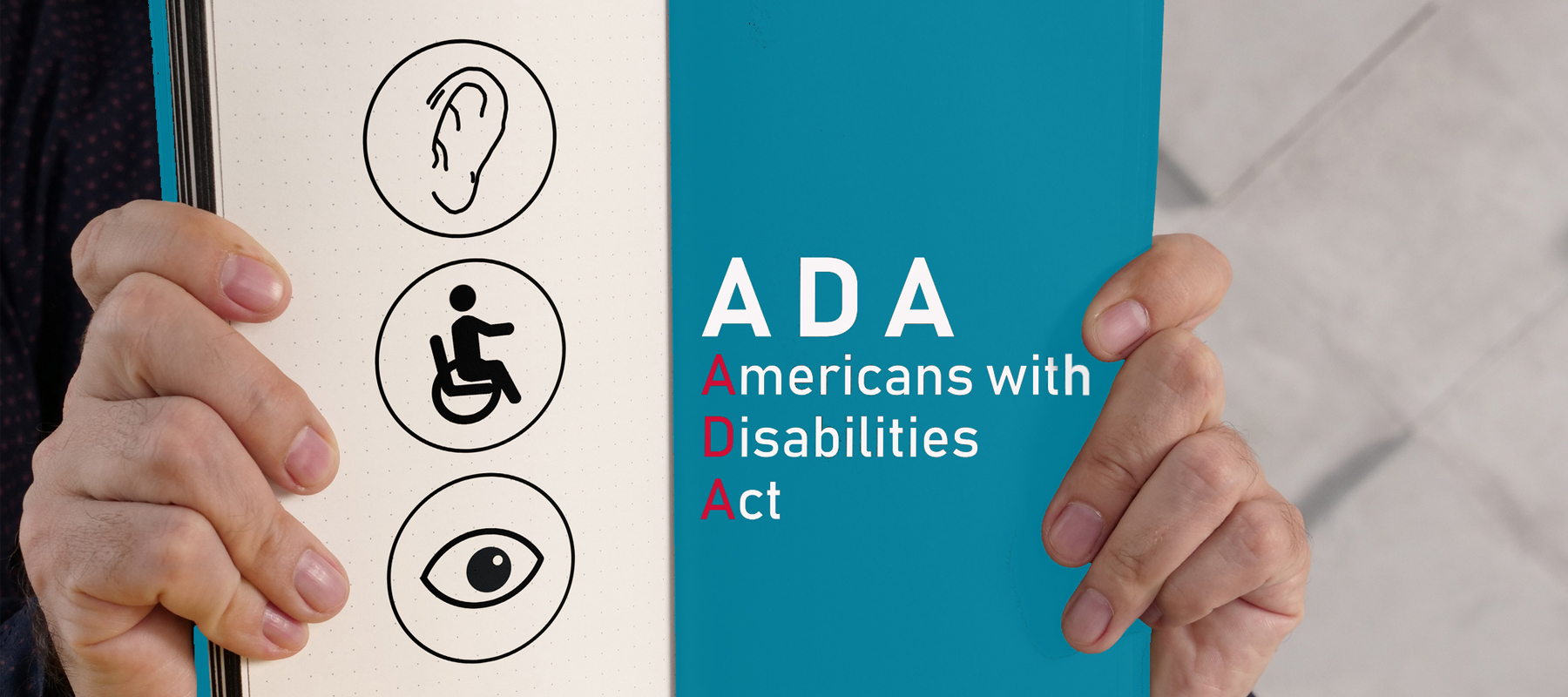Americans with Disabilities Act-based lawsuits and demand letters are growing against companies over website access for disabled users.
Any company with a web presence is at risk of being swept up in this wave of lawsuits, which can cost tens of thousands of dollars to settle, in addition to lawyers’ fees and other court costs.
Worse yet, many companies have lately been receiving multiple ADA-based suits, with one targeting the website and the second a mobile app.
According to the U.S. Department of Justice, websites are considered places of public accommodation under Title III of the ADA, meaning that they have to be accessible to disabled persons, just like a retailer or restaurant.
The number of ADA website access lawsuits filed in the United States increased 75% between 2018 and 2022 to a yearly average of 4,066 — or about 80 cases a week — according to the “2022 ADA Lawsuit Report: Insights for Business Leaders” by UsableNet, a company that helps firms make their websites accessible.
According to estimates, settling a web accessibility lawsuit for a small business can cost $25,000, including the costs of accessibility remediation, your and plaintiff’s legal fees.
These lawsuits target both large and small companies alike and more than 25% are not e-commerce companies, but in a variety of industries. The common denominator is that they have a website, according to the report.
What’s an ADA-compliant website?
Essentially, it’s a website that is difficult for a disabled person to navigate and use, including any tools or forms on the site. According to the Civil Rights Division of the Department of Justice, a website may be non-compliant for one or more of the following issues:
- Poor color contrast. People with limited vision or color blindness cannot read text if there is not enough contrast between the text and background (for example, light gray text on a light-colored background).
- Use of color alone to give information. People who are color-blind may not have access to information when that information is conveyed using only color cues.
- Lack of text alternatives (‘alt text’) on images. People who are blind will not be able to understand the content and purpose of images, such as pictures, illustrations and charts, when no text alternative is provided. Text alternatives convey the purpose of an image, including pictures, illustrations, charts, etc.
- No captions on videos. People with hearing disabilities may not be able to understand information in a video if the video does not have captions.
- Inaccessible online forms. People with disabilities may not be able to fill out, understand and accurately submit forms without things like:
- Labels that screen readers can convey to their users (such as text that reads “credit card number” where that number should be entered);
- Clear instructions; and
- Error indicators (such as alerts).
- Mouse-only navigation. People with disabilities who cannot use a mouse or trackpad will not be able to access web content if they cannot navigate a website using a keyboard.
What you can do
Think about the potential issues a disabled user might have in interacting with a website:
Eyes — People who are blind, have impaired vision, or are color-blind may be unable to use parts of your site.
Ears — People who are deaf or have other hearing problems may not be able to understand audio files or video files with audio.
Hands — People who are unable to use their hands to either type on a keyboard or use a mouse, need to have other ways to navigate your website.
Cognition —People with cognitive impairments need assistance understanding the information that is displayed on the screen. This includes those who are prone to seizures, have ADHD and other forms of cognitive disabilities.
Here’s a link to check here if your website is currently meeting ADA-compliance.
The Department of Justice does not have a regulation setting out detailed standards for website accessibility, but its interpretation of the general nondiscrimination and effective communication provisions applies to web accessibility.
Businesses can choose how they will ensure that their websites and programs, services and goods they provide online are accessible to people with disabilities. There are a number of vendors online that specialize in making websites ADA-compliant.
Check out VM Access, VMA’s directory of members to find an agency with this specialty.


